Swords Guidebook – Everything You Need to Know
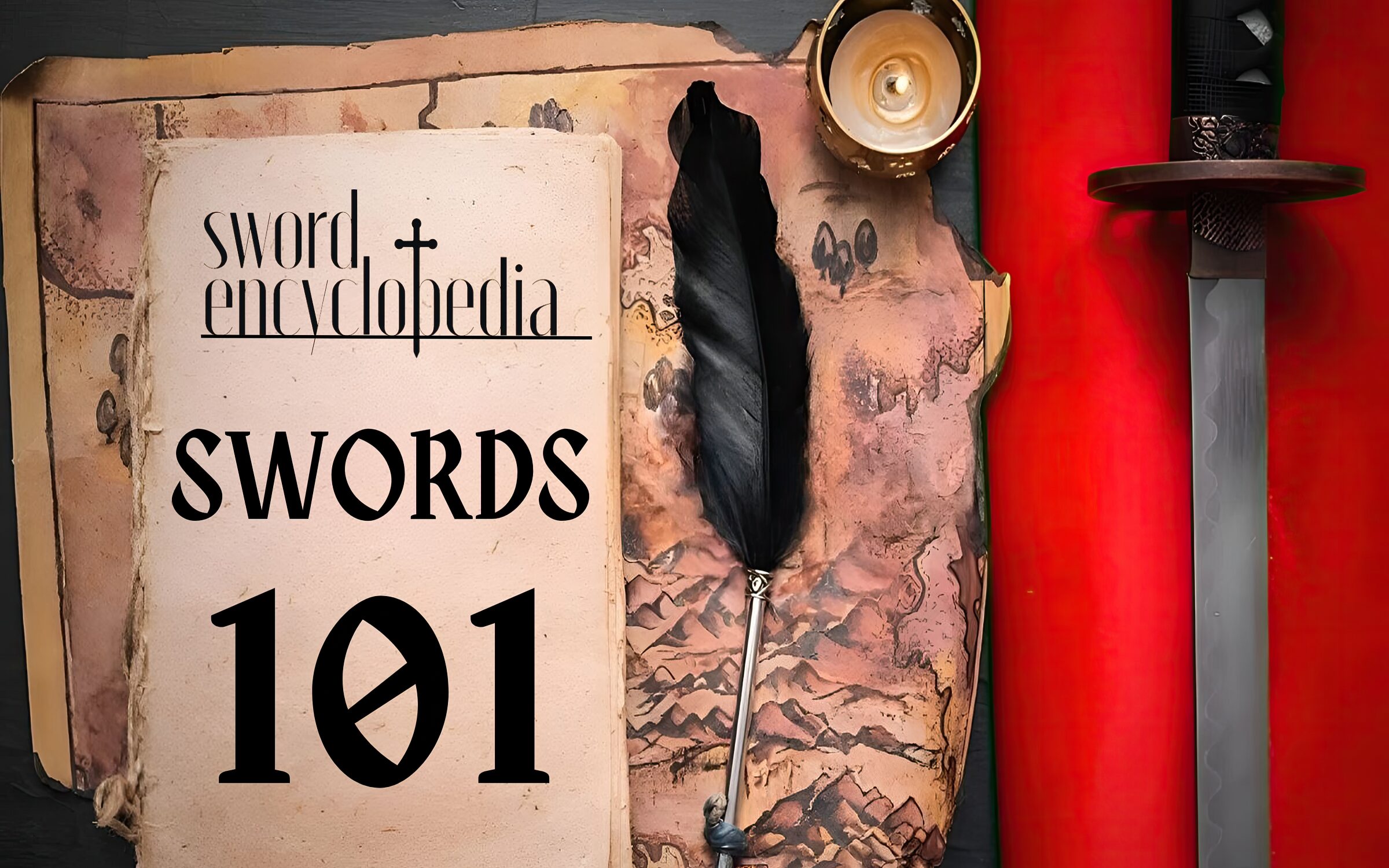
Swords have been used throughout history for various purposes including war, self-protection, and as symbols of power and wealth. With time, the swords evolved based on martial uses, cultural influences, and aesthetic values. This weapon upon which empires have risen and fallen is now often a cultural icon that is infused into popular media and collected by aficionados from all over the world.
At SwordEncyclopedia, our team has compiled 10 articles from our collection that highlights basic information about this tool and weapon that has allowed civilizations to evolve till today. Besides the history of swords and their significance in various cultures, you will learn fun facts such as the longest sword in the world, swords that are illegal in Japan, the length of a katana blade, different types of samurai swords, and many more. Without further ado, we proudly present the following:
Chapter 1: Types of Swords
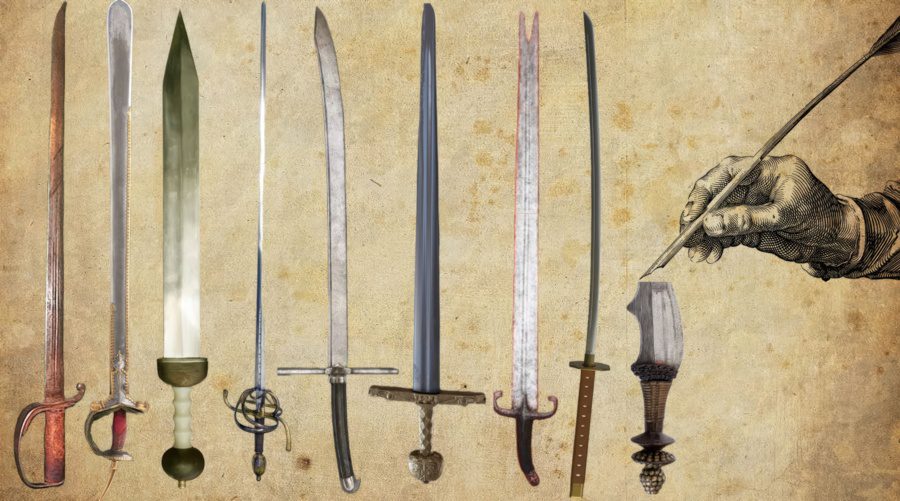
This can be a detailed look into different types of swords from around the world, from the European longsword to the Japanese katana.
There are many different types of swords from various cultures and regions throughout history. At SwordEncyclopedia, we have sorted the different sword types according to the continent the sword came from. Read about:
- European Swords – that have been in use from the ancient times to the modern era including the Xiphos, Falcata, Kopis, Makhaira, Gladius, and Spatha. As we trek through the medieval times, learn about the Viking Sword, Ulfberht, Crusader Sword, Templar Sword, Falchion, Bastard Sword, and more.
- Asian Swords – including Chinese Swords such as the popular jian and dao; renowned Japanese Swords like the Tachi, Tanto, Katana, ninja swords, and Wakizashi; or Indian Swords and how wootz steel was integral to Indian swordsmanship.
- Middle Eastern Swords – and their famed Damascus Steel, and how their wide array of swords that were straight, curved, or sickle shaped influenced Western history.
- African Swords – that reflected Arabian and Ottoman influences that were used as both weapons and for ceremonial purposes. With some persisting beyond 19th century European colonization, learn about the Khopesh, Mabele, Ida, Shotel, Nimcha, Manding, and many more.
- American Swords – that evolved prior to the 15th century due to combat traditions among the peoples of the Americas. Besides the MesoAmerican Macuahuitl that was believed to originate around the 10th to 11th century, most American swords such as the Hanger Sword, Cavalry Sword, Naval Sword, and Officer Sword were fashioned after the European Swords.
With our guide on the various swords in history, you’ll be able to compare the difference between hand forged and mass produced swords, different types of swords, and determine what is the best sword for you!
Read Chapter: Swords of the World: 181 Types of Swords from Every Corner of the Globe
Chapter 2: Parts of a Sword
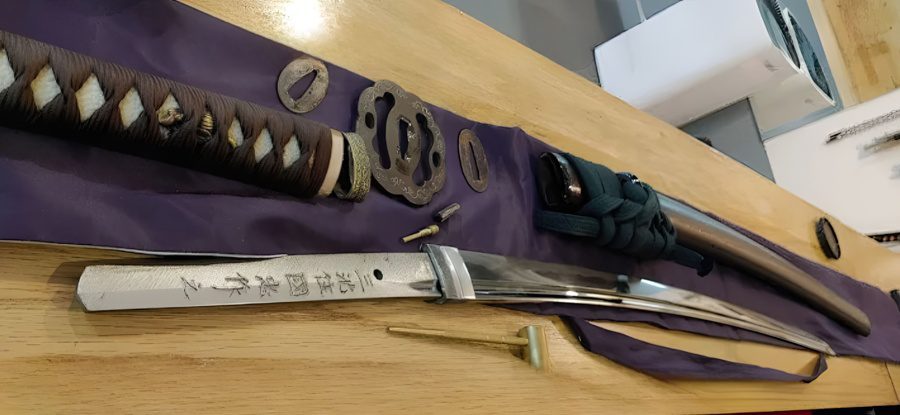
Perfect for any curious minds or sword enthusiasts, learn about the anatomy of a sword and its functions. Understand the different terms used such as full tang or what makes a sword single or double edged.
Besides the blade that is used to inflict damage on one’s enemies, each part of the sword plays a specific role, be it for the wielder’s protection or to ensure the structural stability of the sword. Join us and find out more about how the hilt, pommel, guard, blade, and scabbard evolved throughout history.
Read Chapter: Chapter 2: Parts of a Sword and Their Anatomy Explained
Chapter 3: History of Swords
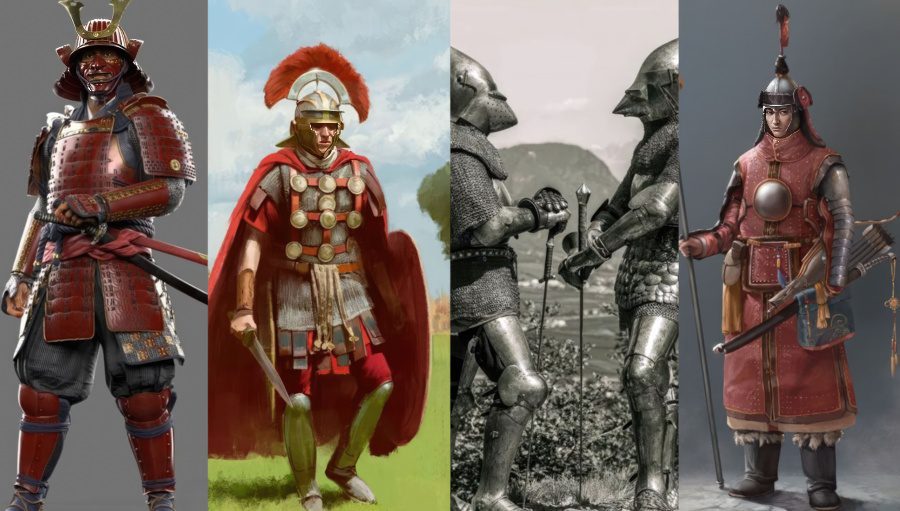
Almost every culture had blades that were used in war or for protection. As swords played a vital role in the evolution of different civilizations throughout the ages, they also became not only weapons of war, but also symbols of power, nobility, and status. Join us as we explore the history of swords, ranging from their earliest appearances in ancient civilizations till today.
- The Ancient World – Discover how swords were first created from flint or obsidian, serving as a basic weapon and tool. As the Celts made the first iron swords in Europe around the 7th century BCE, swords such as the Xiphos, Kopis, Gladius, and Spatha were invented.
- The Middle Ages – As swords continued to evolve with the improvement of metallurgy, it was during this time that sword designs became increasingly diverse and sophisticated. This led to additional features such as longer crossguards, side rings, and knuckle guards that protected the hand.
- The Early Modern World – Despite the popularity of firearms, the use of swords remained in the military elite, especially among cavalry troops. During this time, great swords, the zweihander, and claymore became popular in Europe. Meanwhile in Asia, the talwar was prevalent in India while other regions featured swords such as the kris, kastane, etc.
- The Revolutionary World – The more powerful and sophisticated firearms became more popular, leading to the decline of swords. Still, the 1796 Light Cavalry Sword was created and sword bayonets were designed to be attached to the rifle. Besides serving as weapons, swords also became a part of the ceremonial regalia for many.
- The Modern World – With the presence of missiles, bombs, and guns, the popularity of the sword declined but still fulfills their role of being a standard part of dress uniforms. They are also used in various martial arts around the world.
Read Chapter: The History of Swords Around the World
Chapter 4: Sword Steel Types
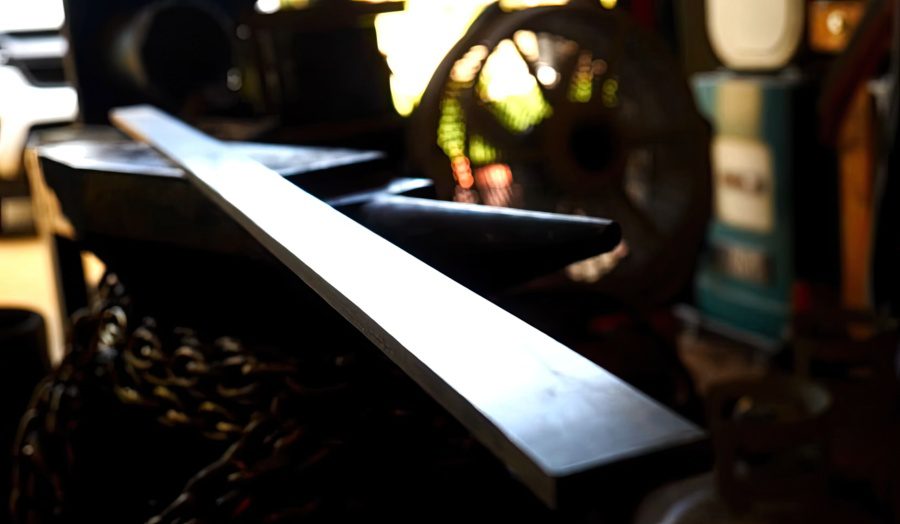
The choice of steel used in a sword is vital as each steel type has unique qualities that sets them apart. Understanding these differences can help you choose the right sword to match your needs. Our guide explores the different types of steel used in swords and their traits. Find out the different types of:
- High Carbon Steel – Coded as 10XX with the XX depicting the carbon content in the steel, high carbon steel swords are high quality swords that are great for any sword enthusiast, but require careful maintenance to prevent rust. However, these blades have excellent edge retention and flexibility. Examples include 1045, 1050, 1055, 1060, 1065 steel, and more.
- Spring Steel – Favored for its toughness, flexibility, and fatigue resistance, spring steel is loved by many experts. Suitable for crafting just about any type of sword, spring steel swords can return to its original shape even after significant bending. Examples include 5160, 5166, 9260, etc.
- Tool Steel – Tough and resilient, tool steel swords are one of the most cherished as they maintain their sharp edges even under considerable strain. Resistant to abrasion and deformation at high temperatures, they are ideal for DaDao (Chinese broadsword) and Falchion blades.
- Stainless Steel – Great for the production of decorative pieces, stainless steel blades have a high level of chromium that makes it resistant to rusting and corrosion. However, it should not be used for functional swords. Examples include Niolox, K120C, Q235, etc.
- Alloy & Others – Alloy elements such as manganese and chromium can be added to the steel to enhance its properties beyond what is achieved by carbon alone. Examples include alloys invented by Hanwei: the HWS-1S and HWS-2S.
Read Chapter: 39 Sword Steel Types: A Guide into Metallurgical Characteristics
Chapter 5: Making and Forging Swords
Sword making is a complex process and takes many years of dedication before one can confidently say they have mastered the art. With many different techniques that can be used to create a sword, understanding the various methods can help you appreciate them more.
Join us as we explore the history of sword making that began in the Stone Age, creation of “real” swords from molten bronze, discovery of iron, advancements of bloomeries and techniques, and how it evolved until today. Our guide also delves into the sword making process:
- Acquiring tools – Each swordsmith has a personal preference for the tools they use. However, some of the basic tools in sword making are a hammer, anvil, chisels, tongs, sandpaper, grinder, quenching oil, cutting torch, metal container or water slack tub, and a forge.
- Gathering information and designing– Careful planning is required when creating a sword. Besides a sketch of the design, other important information includes the dimensions and materials used for the blade.
- Forging and beveling– The forging process includes the heating of the blade, shaping it to the desired design, and repeated hammering. Once ready, the beveling begins so it can hold a cutting edge.
- Quenching and tempering – Quenching and tempering are some of the most important steps in sword making as it gives the blade strength and elasticity.
- Final polishing and assembly – This step polishes the blade and assembles the different components to ensure that it is functional and ready for its wielder.
Read Chapter: A Guide to The Art and Science of Sword Making
Chapter 6: Swords in Combat
For centuries, swords were the weapon of choice in war and for self protection. Our guide looks at the different types of sword fighting including those practiced by the Historical European Martial Arts (HEMA), Japanese martial arts, Olympics, and more.
Find out the different types of swords used in each and the benefits of different blades in varying situations. For example, the Ko-Katana is the same as a traditional Japanese Katana sword but featuring a shorter blade for use in close combat.
Read Chapter:Different Sword Fighting Styles Around the World
Chapter 7: Sword Collecting Tips
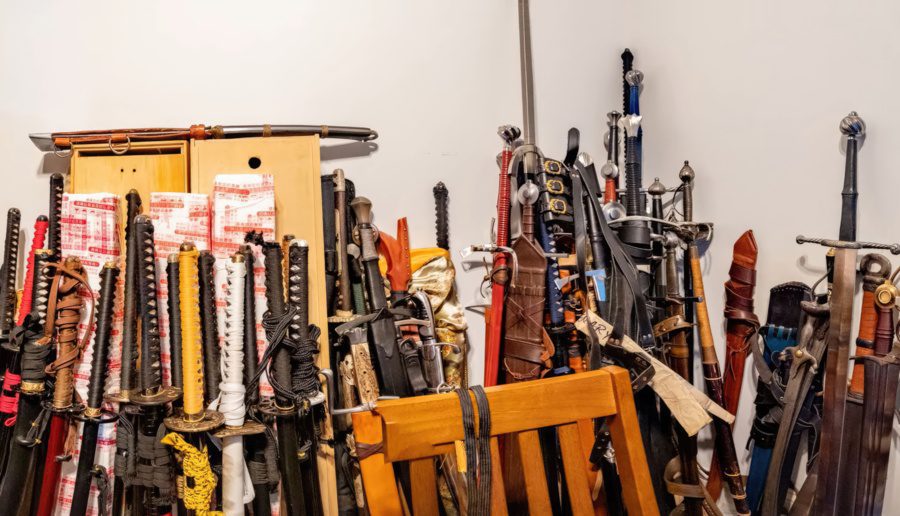
Sword collecting can be complicated especially for those new to it. Our guide explores both the collection of historical and fantasy swords. While historical blades or replicas come from diverse cultures, regions, and timelines, each piece has its own story to tell. Popular historical sword collections include:
- Japanese swords – that often represent values such as discipline, skill, and honor.
- European swords – inspired by legends such as Richard the Lionheart, Charlemagne, and King Arthur of Camelot.
- Chinese swords – that depict the dynastic changes that have shaped the country’s long history.
- Middle Eastern swords – that tell of fascinating desert warriors, grand palaces, and fierce sultans.
- African swords – that showcase the perfect blend of mystique and beauty.
- And more.
Meanwhile, fantasy blade collections are just as interesting as they come from popular media such as Game of Thrones, Lord of the Rings, Final Fantasy, and many more. Fantasy swords can also be divided into those inspired by modern media or legends and myths. Our guide also delves into the different reasons for having a sword collection, be it for historical purposes, decoration pieces, dueling, martial arts practice; how to begin; and where to acquire these swords.
Read Chapter: Sword Collection: A Beginner’s Guide and Everything You Need to Know
Chapter 8: Sword Maintenance & Cleaning

Corrosion is the bane of all swords and maintenance is key to ensure your sword stays in tip top condition. Our guide covers how often you need to maintain your blade, the items you should have in your sword maintenance kit, and the steps involved in cleaning and polishing it. Learn the different tips to provide additional care for your blade and find out how to maintain other sword parts.
Read Chapter: Sword Maintenance and Cleaning: A Step-by-Step Guide to Blade Care
Chapter 9: Swords in Pop Culture
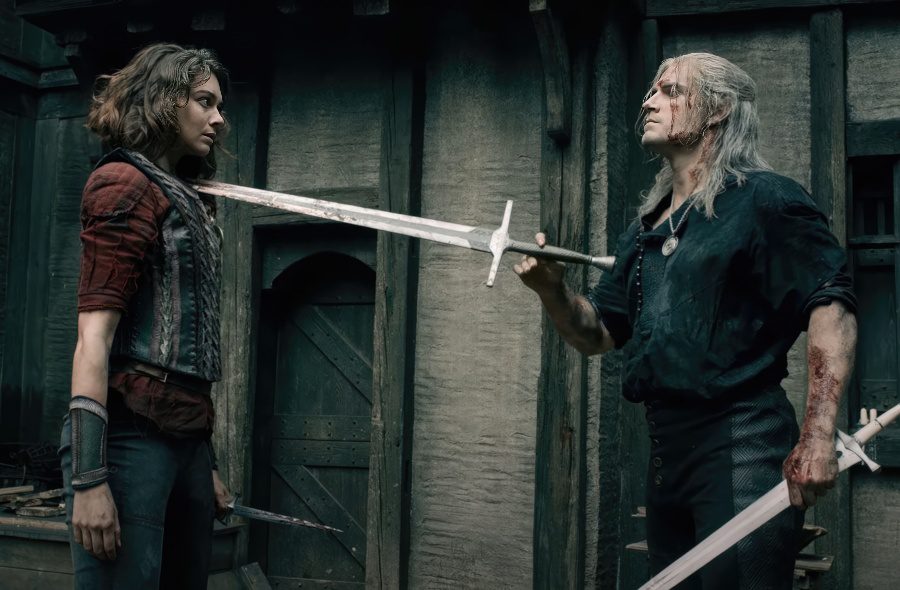
Swords have played a significant role throughout history. Despite their decline due to the invention of firearms and artillery today, they remain trendy in anime, books, television, and video games.
Besides iconic movies and television series such as Lord of the Rings and Game of thrones, popular anime and video games such as Demon Slayer and Final Fantasy showcase different swords. For example, Kamado Tanjiro and his friends wielded the nichirin sword to slay demons while Cloud Strife wields the iconic gargantuan sword known as the Buster sword.


